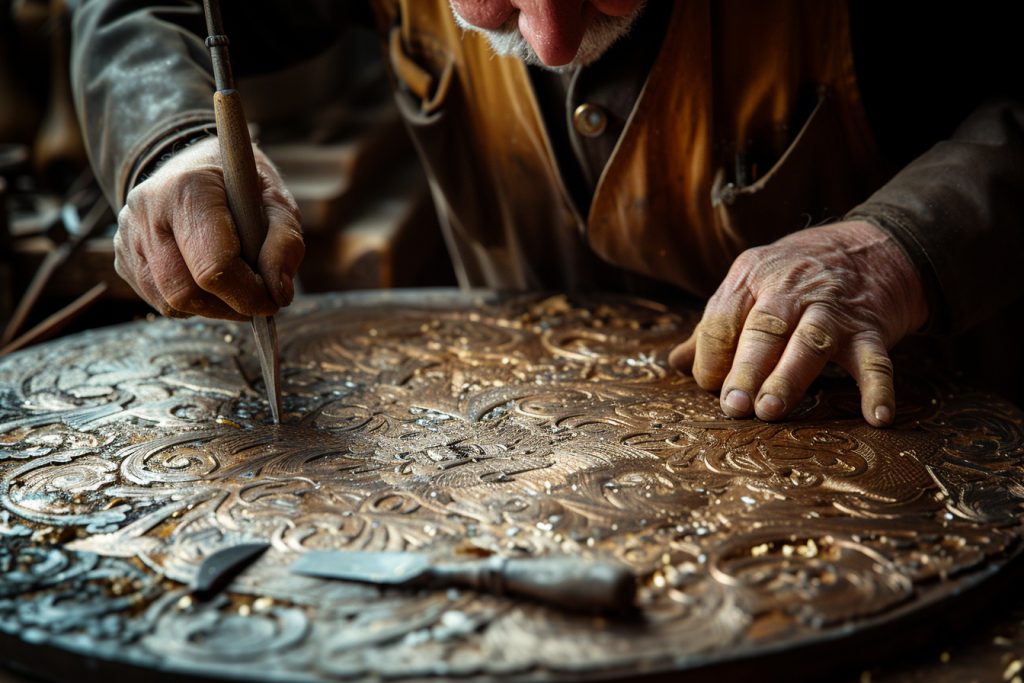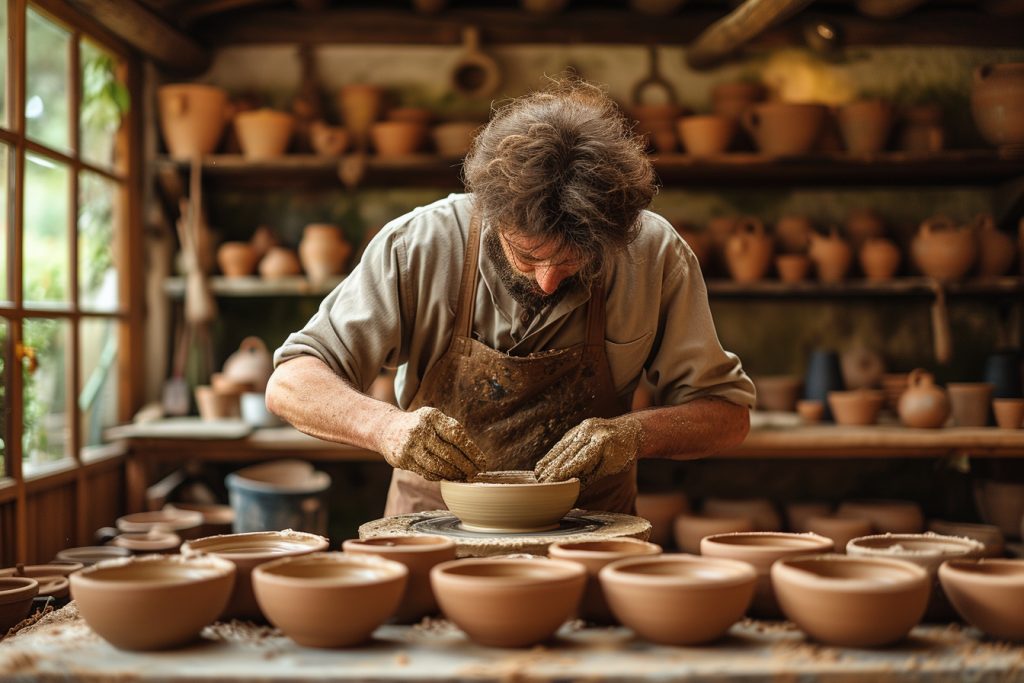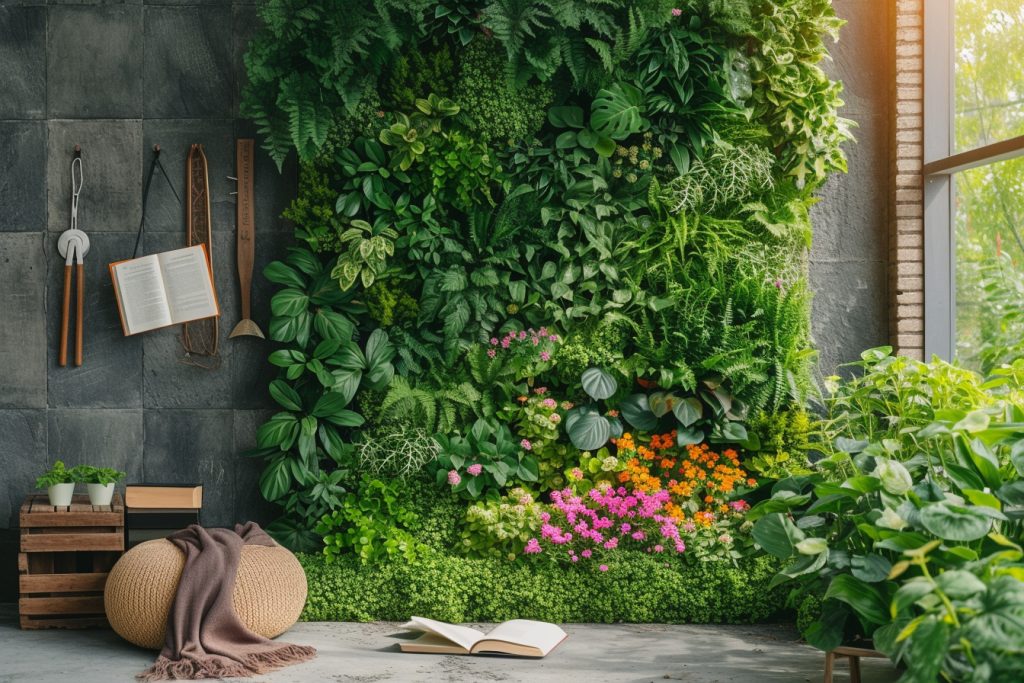Terrariums, miniature ecosystems encapsulated in glass, have emerged as beacons of greenery, harmonizing the love for horticulture with aesthetic beauty. They serve not just as ornamental displays but also as sanctuaries for various plant species, including those of the medicinal variety. Growing rare medicinal plants within the confines of these glass gardens requires a practiced hand and in-depth knowledge. By creating a microclimate suited to the unique needs of delicate herbs, one can cultivate a healthful oasis sitting prettily on a windowsill or tabletop.
The allure of terrariums for rare medicinal plants
Medicinal plants are known for their healing properties, widely used for thousands of years to treat numerous ailments. However, due to their specific environmental needs and overharvesting in the wild, some of these botanical wonders have become rare. Terrariums offer a controlled environment that can mimic the native habitats of these plants, creating opportunities for enthusiasts to grow and preserve them.
Understanding plant selection
When diving into the intricate world of terrariums, your plant choice will dictate the care routine and setup. Opt for medicinal species that are amenable to the humid and often warm conditions inside a terrarium. Examples include but are not limited to:
- Ginseng (Panax spp.): Known for its energy-boosting properties
- Golden Club Moss (Lycopodium clavatum): Traditionally used for minor wounds and kidney problems
- Spilanthes (Acmella oleracea): Commonly used for toothaches and immune support
Before placing any plant into a terrarium, research its specific needs regarding humidity, temperature, and light. This pre-emptive measure ensures that the terrarium environment aligns with the plants’ native habitats, thereby fostering successful growth.
Crafting the ideal environment

Soil composition
The foundation of any plant’s health lies in the soil it’s planted in. For medicinal plants, the soil should be tailored to provide the right balance of drainage and nutrient retention. A well-draining soil mix that might include components like coconut coir, perlite, and finely chopped sphagnum moss creates an ideal medium for most rare medicinal plants. Each ingredient contributes to the mix in its own way, with perlite enhancing drainage and moss retaining essential moisture.
Humidity and moisture control
Humidity is the lifeline of a terrarium, especially for moisture-loving medicinal plants. One must ensure that the enclosed space maintains a consistent humidity level that suits the inhabiting flora. Incorporating a hygrometer will allow you to monitor and adjust the humidity. Overly humid conditions can lead to mold growth, detrimental to both plants and health, hence a balance must be struck. Adding a layer of activated charcoal at the base helps in preventing mold, funguses, and odors by purifying the moisture that cycles through the terrarium.
Light needs
Plants synthesize their food through photosynthesis, and light is a crucial ingredient in this process. But when it comes to terrariums, not all light is equal. Most medicinal plants thrive under bright, indirect sunlight. Direct rays can turn the terrarium into a sweltering greenhouse, hence the placement should be carefully considered. Grow lights can provide a consistent light source for terrariums kept in lower light conditions, and these can be timed to replicate the natural day cycle of the plants.
Terrarium types and construction
Closed terrariums
Closed terrariums create a nearly self-sufficient ecosystem, where moisture is recycled within the sealed container. This environment is preferable for tropical medicinal plants that are accustomed to high humidity levels. A crucial aspect of maintaining a closed terrarium is the need for occasional venting to prevent excess condensation and to allow a brief dry-out period.
Open terrariums
Plants requiring less humidity benefit from the open terrarium structure, where there is free airflow to the outside environment. This style mimics the conditions of a more temperate climate and can be suitable for medicinal plants that are prone to rot in higher humidity situations.
Regardless of the type, assembling a terrarium is a delicate process. Begin with a clear, sterilized glass container, and proceed to layer the materials: gravel for drainage, activated charcoal, and then the specialized soil mix. Carefully plant each species, making sure not to overcrowd the space and allowing room for growth.
Caring for your medicinal plants

Watering principles
Watering is a nuanced skill in the context of terrariums. Due to the enclosed nature of these ecosystems, water cannot evaporate or drain as easily as it does in open pots. Consequently, one must water sparingly, using a syringe or a dropper for precision. Closed terrariums may only require watering once every few weeks, or less, depending on the climate and the specific water needs of the plants within.
Pruning and maintenance
The confined space within a terrarium can lead to competition amongst plants for resources. Regular pruning maintains a healthy growth habit and prevents any one species from dominating. It also stimulates new growth, which can be beneficial for the production of medicinal compounds in plants. Look out for dead leaves or signs of distress and address these promptly to keep the terrarium’s ecosystem in balance.
Pest management
Even the most meticulously kept terrariums may at times fall prey to pests such as aphids or spider mites. These infestations can be managed through natural methods such as introducing predator insects, using neem oil, or by removing the affected plant parts. Chemical pesticides should be used as a last resort due to the closed nature of the system and the potential for harm to the plants and beneficial microorganisms within the ecosystem.
Introducing elements of design
Terrariums aren’t merely functional; they are a blend of horticulture and art. Arrange your medicinal plants with both their needs and aesthetics in mind. Play with varying heights, textures, and colors to create an appealing visual tableau that also promotes healthy plant growth. This layering approach ensures that each plant receives adequate light and contributes to the overall design.
Monitoring ecological balance
Successful terrariums require an equilibrium between their various biological components. Regular observation will allow you to adjust the environment as needed. A change in leaf color, the presence of condensation, or the growth rate of plants can all indicate whether the terrarium’s conditions are in harmony or need tweaking. Make slight adjustments as necessary, rather than sweeping changes, to prevent shocking the plants.
Myriad benefits of growing medicinal plants in terrariums
Beyond aesthetic appreciation and the intrinsic satisfaction of gardening, growing rare medicinal plants in terrariums is an act of conservation. By cultivating these plants, you contribute to the preservation of their species and potentially to the knowledge of their medicinal properties. Research on various medicinal plants continues to expand our understanding of their potential uses and benefits. By mastering the art of terrarium gardening with these rare species, you become a steward not just of beauty, but of health and botanical diversity.
Nurturing these plants in the controlled environment of a terrarium also provides invaluable practical experience for any plant enthusiast. You gain insights into plant behavior, ecological interactions, and the intricate balance needed to sustain life in a miniaturized natural world.
As the world of terrarium gardening evolves, so too does the dialogue around the best practices for growing and caring for rare medicinal plants. Success hinges on an iterative learning process, where each terrarium becomes a unique lesson in ecology and horticulture. With patience, creativity, and a willingness to observe and adapt, your journey through the verdant world of rare medicinal plants in terrariums is bound to flourish. This endeavor is not merely a hobby but a meaningful contribution to the intertwining narratives of natural medicine, conservation, and cultivated beauty. As we continue to explore the nuances of this delicate art, may we foster an even deeper connection with the earth and its botanical treasures.








